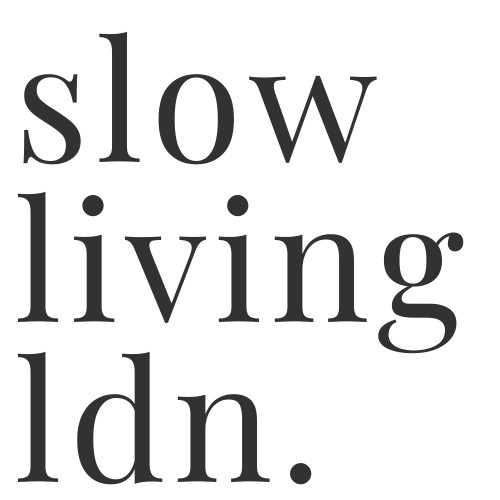You have no items in your cart. Want to get some nice things?
Go shopping
If you’ve ever done a yoga or meditation class, you may have been asked by the teacher to set your intentions for the day, week, or even for a new moon. When considering intentions to be set for a definite time frame, it begs the question of the difference between intentions and goals. Is the primary difference the elapsed time to achieving either? Are intentions more useful than goals? Or, do intentions support the goals?
The problem with setting goals independently
In the era of social media, there’s a great deal of perceived pressure to achieve. The so-called highlights reel is slapped over people’s timelines, documenting major milestones, enviable events and wanderlust-worthy holiday snaps. TV and films aren’t much better when it comes to setting high expectations of where we think we should find ourselves at certain ages.
The problem with goals, much like New Year’s resolutions, is that they offer an all or nothing mindset. You either achieve your goal, or you’ve failed. There’s no inbetween that celebrates any steps you took towards your lofty goal. And if you do achieve that goal, you can often be left feeling empty, wondering ‘what next?’ Since the brain releases dopamine in anticipation of reward, you may actually feel more ‘happiness hits’ on the road to achieving your goal. Goals also offer us a great sense of purpose. This means that when we’re working towards something and are engaged in that mission, we assign ourselves positive attributes such as intelligence or perseverance and personal value. Therefore, it’s inevitable to feel a void after our goal has been ticked off.
The difference between setting goals and intentions
So, what’s the difference between setting goals and intentions?
- When: Goals are to be achieved in the future. Intentions revolve around the present moment.
- How: Goals are a specific one-time tick box. Intentions are more vague, but can be experienced every day.
- Why: Goals are things you want to do – external proof to show an achievement or feeling. Intentions are things you want to be – your ‘why’.
Much like when we’re setting objectives at work for ourselves or for team members, goals should be specific and measurable. Whereas, intentions are much more vague – they describe who you want to be.
Combining goals and intentions
To combine goals and intentions, you first need to outline your values. Your values are what’s important to you, what you live by. Your intentions and who you want to be will be heavily influenced by your values. For example:
- Value: I believe in sustainability.
- Intention: I intend to reduce my environmental impact.
- Goal: I will reduce how much dry produce plastic packaging I consume to nothing in three months time.
In short, the self-help archives of the internet are pretty unanimous that goals and intentions are different and that the latter influences the former. Setting goals can be a huge motivator, but they are difficult to complete in a vacuum and can cause us to put undue pressure on ourselves to improve. Instead, being intention-led helps you live by the values that offer you purpose, rather than striving for self-improvement goals that we feel we ought to achieve.
Setting monthly themes to explore rather than unattainable New Year’s resolutions is the main focus of A Year of Living Slower – our challenge to live better, rather than faster in London and beyond. If you’re looking for ideas to live with intent, read our introduction to A Year of Living Slower and delve into the archives. We’d also recommend you read our guide to choosing a word of the year and explanation on how long it takes to form a habit.
